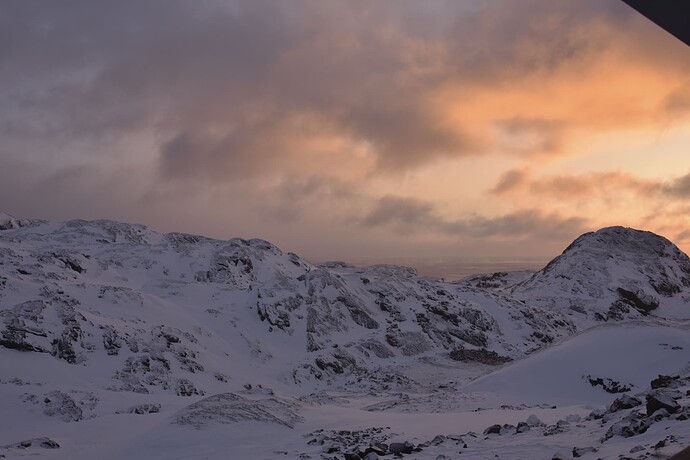Thank you so much for the reply @chris,
I can’t speak very much to the technical implementation of a model that takes dawn/dusk into account as I’m still very much in the process of learning the basics of how our daylighting models work, but having lived multiple years north of the Arctic circle I probably can provide some useful input as to whether or not the light present in these hours represents meaningful daylight for a building design process.
Dawn/dusk in the Arctic and Subarctic can be multiple hours long (SunCalc - sunrise, sunset, shadow length, solar eclipse, sun position, sun phase, sun height, sun calculator, sun movement, map, sunlight phases, elevation, Photovoltaic system, Photovoltaic , Suncalc reference for Sisimiut, where I’ve lived multiple winters), and these winter hours, in my experience, provide daylight autonomy for about 4-6 hours a day for regions close to the Arctic circle. Of course this decreases further north, but having talked to a classmate raised in a city located at 73deg northern latitude, I feel fairly comfortable claiming that most Arctic settlements experience some daylight autonomy at midday throughout the winter.
I’ve provided a December picture from Sisimiut below, so everyone can see what I’m talking about.
Unfortunately it seems the original timestamp got lost in the process of getting my pictures onto the PC, so I can’t be sure of exact date/time, but the picture represents a slightly underexposed version of my subjective experience of Sisimiut in winter during the interval of 9am-10am/2pm-3pm and it seems to me that this light I experience living there doesn’t translate into the current models.
How best to change that… Well I don’t know  but if I can be helpful, I’d really like to be.
but if I can be helpful, I’d really like to be.
